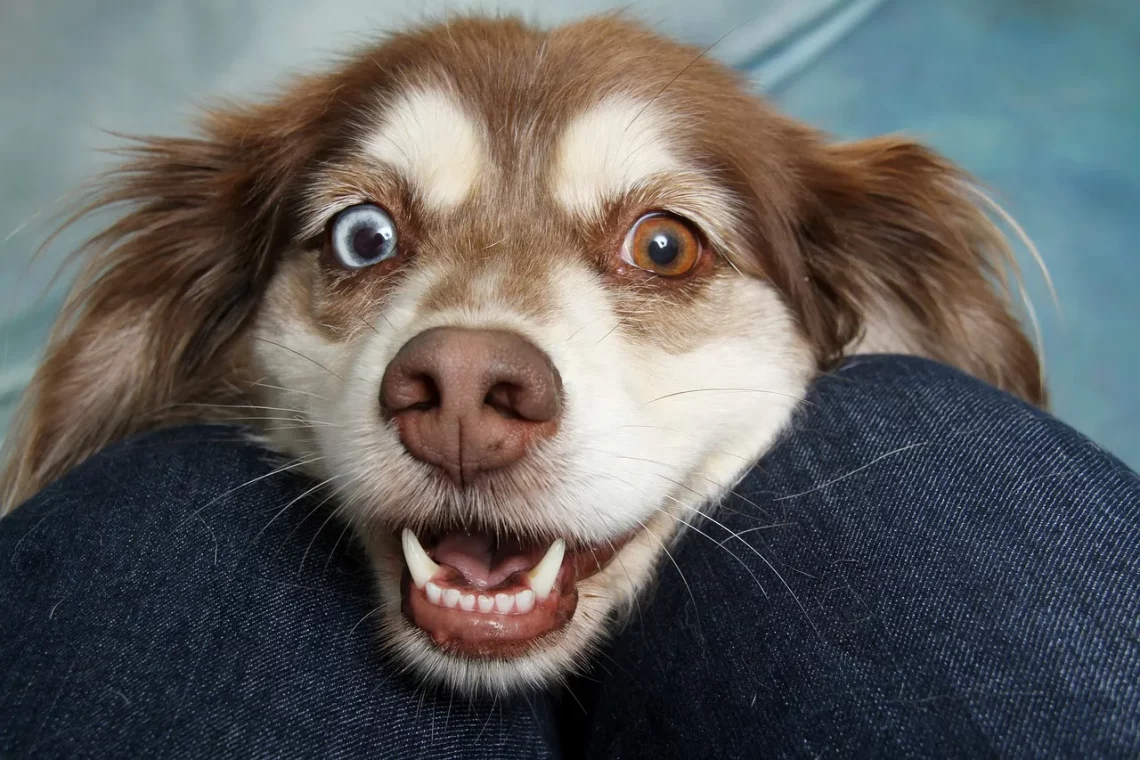
The Unique Charm of Schnauzers with a Tail: A Complete Guide
The Schnauzer is a breed that boasts a rich history and a distinctive appearance, often characterized by its unique beard and eyebrows. However, one aspect that tends to spark debate among dog enthusiasts is the presence of a tail. Traditionally, Schnauzers have been docked, but more and more owners are embracing the beauty of Schnauzers with their natural tails. This trend reflects a growing appreciation for the breed’s natural anatomy and an evolving understanding of what it means to be a responsible pet owner.
The charm of Schnauzers with a tail extends beyond mere aesthetics; it encompasses their personality, behavior, and overall health. A tail serves as an important communicative tool for dogs, allowing them to express emotions and convey signals to other animals and humans alike. As attitudes towards pet care and animal rights continue to shift, the conversation surrounding Schnauzers and their tails becomes increasingly relevant. Whether you are considering adding a Schnauzer to your family or are simply curious about this charming breed, understanding their unique traits can enhance your appreciation for them.
In this guide, we will explore various aspects of Schnauzers with a tail, shedding light on their characteristics, grooming needs, and the benefits of embracing their natural form.
The Characteristics of Schnauzers with Tails
Schnauzers are known for their distinct features, including their square-shaped bodies, long moustaches, and bushy eyebrows. When it comes to Schnauzers with tails, many believe that these dogs exhibit an even more expressive demeanor. The tail, often long and covered in fur, plays a significant role in their body language.
A Schnauzer’s tail is not merely a decorative feature; it acts as a critical communication tool. When happy or excited, a Schnauzer will wag its tail vigorously, signaling its mood to those around it. This natural behavior allows them to connect better with their human companions, enhancing the bond between pet and owner. Additionally, having a tail provides a Schnauzer with a sense of balance and coordination, essential qualities in an active breed known for its agility.
Schnauzers come in three sizes: Miniature, Standard, and Giant. Each size exhibits the same characteristic traits, though their tail lengths and shapes may vary slightly. Generally, Schnauzers with tails are healthier, as tail docking can lead to complications or even chronic pain in some cases. By allowing the tail to remain intact, owners may be fostering a more natural, healthier lifestyle for their pets.
In terms of temperament, Schnauzers are known for their intelligence, loyalty, and playful nature. They are highly trainable, making them excellent companions for families and individuals alike. The presence of a tail can enhance their expressiveness, allowing them to communicate their feelings more effectively. Whether they are excited, playful, or even anxious, a Schnauzer’s tail can provide insight into their emotional state, facilitating better interaction with their human family members.
Grooming Needs of Schnauzers with Tails
Grooming is a crucial aspect of caring for Schnauzers, especially those with tails. Their unique fur requires regular maintenance to keep it healthy and free of mats. Schnauzers have a double coat: a soft undercoat and a wiry topcoat. Regular grooming helps remove loose fur, dirt, and debris, preventing skin issues and keeping the coat looking its best.
For Schnauzers with tails, special attention should be given to the tail area. The fur can become tangled or matted, leading to discomfort for the dog. Regular brushing not only keeps the tail looking neat but also allows for a thorough check of the skin underneath. It’s essential to ensure that there are no signs of irritation or infection, especially in the sensitive areas around the tail.
Bathing is another important aspect of grooming. Schnauzers generally do not require frequent baths, but when they do, it’s essential to use a high-quality dog shampoo that is appropriate for their coat type. After bathing, it is crucial to dry the tail properly to prevent moisture from getting trapped, which could lead to skin issues.
In addition to brushing and bathing, regular visits to a professional groomer can help maintain a Schnauzer’s overall appearance. Groomers can provide services like trimming and styling, ensuring that the Schnauzer looks its best while also keeping its coat healthy. Regular nail trimming is also necessary, as long nails can affect a dog’s mobility and posture.
Overall, grooming Schnauzers with tails requires commitment and attention to detail. By establishing a regular grooming routine, owners can help their Schnauzers feel comfortable and look their best, enhancing their natural charm.
The Benefits of Keeping Schnauzers’ Tails Intact
Embracing the natural tail of a Schnauzer comes with numerous benefits, both for the dog and its owner. One of the most significant advantages is the improvement in the dog’s quality of life. Keeping the tail intact allows for natural movement and expression, contributing to the dog’s overall well-being.
A tail serves as an extension of a dog’s emotions and helps in social interactions. Schnauzers with tails are often better able to communicate with other dogs, displaying their feelings more effectively than those with docked tails. This can lead to more positive interactions in social settings, whether at the dog park or during training sessions.
Moreover, having a tail can enhance a Schnauzer’s physical capabilities. The tail aids in balance and coordination, which is particularly beneficial for an active breed known for its agility. This can lead to improved performance in agility training or dog sports, where balance plays a crucial role.
From a health perspective, leaving the tail intact can prevent certain complications that may arise from docking. Tail docking can sometimes lead to chronic pain or sensitivity in some dogs. By allowing Schnauzers to keep their tails, owners can help avoid these potential issues, contributing to a healthier and happier life for their pets.
Social attitudes towards tail docking are shifting, with many pet owners advocating for a more natural approach to pet care. This cultural change not only benefits individual dogs but also helps promote a broader understanding of animal welfare and the importance of respecting a dog’s natural anatomy.
In conclusion, the decision to keep a Schnauzer’s tail intact is not merely a matter of aesthetics; it reflects a commitment to the dog’s overall health, happiness, and well-being. Embracing this natural feature can enhance the bond between owner and pet, leading to a more fulfilling relationship.
In summary, Schnauzers with tails offer a unique charm that enriches the experience of dog ownership. Their characteristics, grooming needs, and the benefits of keeping their tails intact highlight the importance of understanding and appreciating this delightful breed.
**Disclaimer:** This article is for informational purposes only and does not constitute medical advice. For any health-related concerns regarding your dog, please consult a qualified veterinarian.




